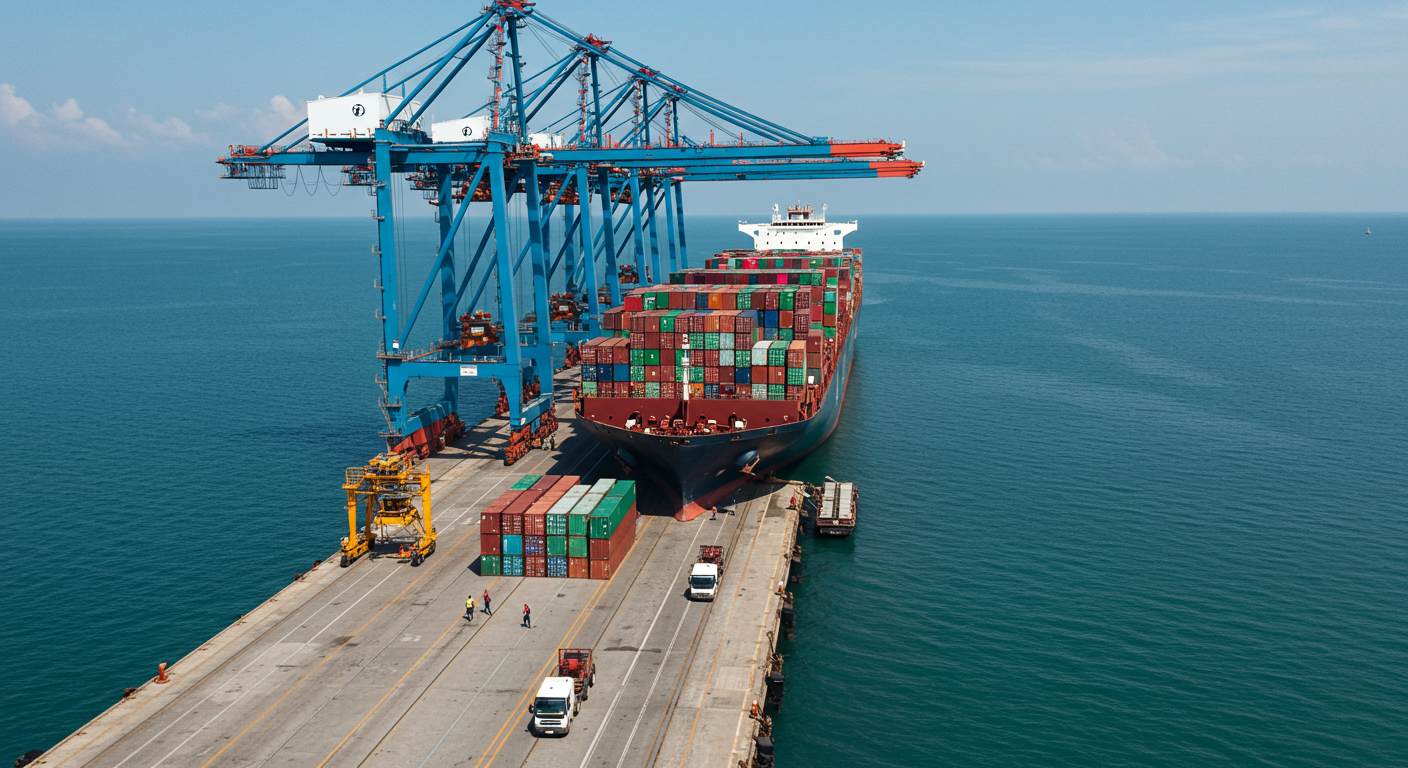The ocean shipping process is a vital facet of global commerce that underpins the transportation of goods across vast distances. With a myriad of stakeholders and complex procedures, grasping the intricacies of this system is essential for businesses and individuals engaged in international trade. This article dives deep into the stages involved in ocean shipping, providing a comprehensive overview of what it takes to move cargo from point A to point B efficiently.
Ocean Shipping and Its Importance in Global Trade
Ocean shipping refers to the process of transporting goods via ships across oceans and seas, holding profound significance in international trade. This method allows businesses to send and receive large quantities of products at a fraction of the cost of air freight, making it an economical choice for transporting bulky items. For instance, the leading shipping companies facilitate this movement on a grand scale, ensuring that the supply chains remain continuous and efficient.
Understanding ocean shipping is crucial, particularly for logistics managers, importers, and exporters who rely on this mode of transport. The majority of global trade relies on shipping, with estimates suggesting that about 90% of the world’s trade volume is moved by sea. Given the increases in demand for products and just-in-time supply chains, ocean shipping has seen notable advancements in technology and efficiency, including innovations like automated ports and advanced tracking systems.
The Key Stages of Ocean Shipping
The ocean shipping process can be broken down into several critical stages, each of which is vital for successful cargo transport. Below is a detailed rundown of the steps involved:
- Initially, the shipper or consignee arranges the shipment through a freight forwarder or carrier, providing key details about the cargo and destination.
- Once the shipment is confirmed, the cargo is picked up and loaded into containers, ensuring safe and adequate packing.
- The loaded containers are then transported to the departure port, typically via truck or rail, depending on proximity.
- Essential documents, such as the Bill of Lading and commercial invoices, are prepared to meet customs requirements, which can differ significantly based on regions.
- With clearance achieved, the containers are loaded onto the shipping vessel—this requires precise coordination with port authorities and shipping lines.
- The ship embarks on its journey, which can take days or weeks depending on the destination. Tracking technologies enable stakeholders to monitor progress continuously.
- On reaching the destination port, containers are offloaded and stored in a container yard until released for customs clearance.
- After customs clearance, goods are transported to the consignee’s location, completing the shipping journey.
Essential Documentation in Ocean Shipping
Successful navigation of the ocean shipping process relies heavily on accurate documentation. The following are the most essential:
- Bill of Lading: This document acts as a receipt for the cargo and a contract between the shipper and the carrier.
- Commercial Invoice: This invoice outlines the transaction between the buyer and seller, detailing the nature of the goods and their value.
- Packing List: It specifies the contents of each package within a shipment, giving details on how the cargo is packed.
- Customs Declaration: This form needs to be submitted to inform authorities about the details of the goods entering or leaving a country.
The Consequences of Inaccurate Documentation
Errors in shipping documents can cause a chain reaction of problems that hinder the shipment process. Common issues include:
- Delays at customs leading to unplanned storage fees.
- Possible seizure of goods due to non-compliance with import/export regulations.
- Legal repercussions for failing to declare goods accurately.
Understanding Stakeholders in the Ocean Shipping Process
A successful ocean shipping operation involves coordination among various stakeholders, each playing a pivotal role in managing the process. Below are the primary participants:
- Freight Forwarders: Act as intermediaries, organizing the shipment logistics and connecting businesses with carriers.
- Carriers: These are companies responsible for physically transporting the goods, be it through sea, air, or land.
- Customs Brokers: Experts in customs regulations who facilitate the clearance of goods through bureaucratic processes.
- Third-Party Logistics Providers (3PL): Companies that offer integrated logistics services, handling warehousing and transportation.
- Consignors and Consignees: The sender and receiver of the goods, respectively, who also have responsibilities in terms of documentation and compliance.
By understanding these overview, businesses can enhance their operational efficiency and foster sustainable practices within the shipping industry.
